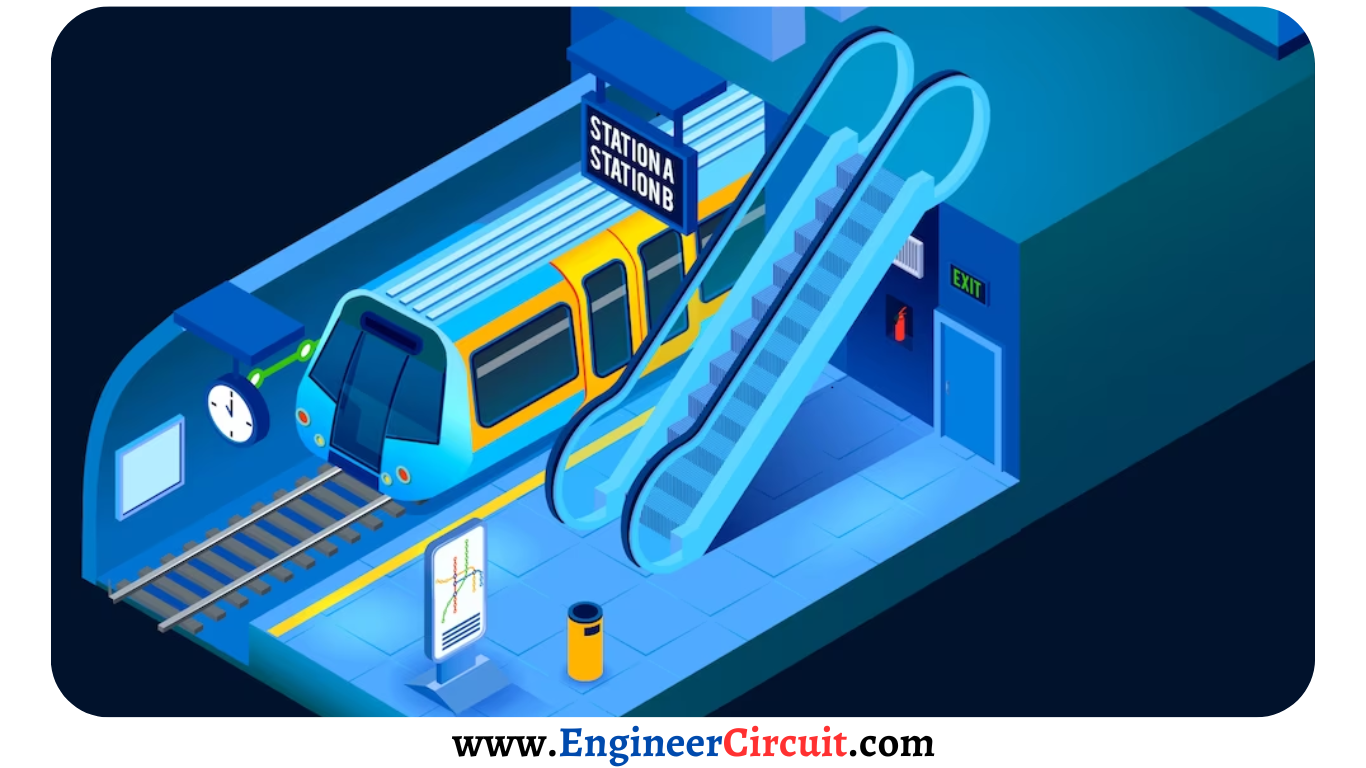Installation of Automatic Train Protection (ATP) System
The ATP system on trains ensures the safety and reliability of railway transport. It automatically applies the brakes when necessary, based on the train’s speed, location, and other factors. In this blog post, we will discuss how the ATP system works on trains, its components, and the benefits it offers.

How the ATP System Works
The ATP system continually monitors the train’s speed, location, and other critical parameters to control its operation and maintain safe limits.The process starts with the trackside equipment transmitting information to the onboard equipment. This information includes the train’s position, speed, and other critical parameters.
The onboard equipment utilizes this information to control the train’s operation. If the train approaches a restricted area or exceeds the speed limit, the brakes are automatically applied to slow it down.
The TPS system continuously monitors the train’s speed to ensure it stays within safe limits. If the speed limit is exceeded, the TPS automatically applies the brakes to slow down the train.
The central control unit manages the overall operation of the ATP system. It receives information from the trackside equipment and the onboard equipment to ensure the train operates safely.
Components of ATP System
Train Detection
Train detection is a fundamental aspect of the ATP system. It relies on various methods such as axle counters, track circuits, and GPS (Global Positioning System) to accurately determine the train’s position and detect potential collisions or obstructions along the track.
Speed Control
The ATP system continuously monitors the train’s speed and compares it to predefined limits for each section of the track. If the train exceeds the authorized speed, the system triggers automatic braking or applies speed restrictions to prevent accidents caused by overspeeding.
Train-to-Track Communication
Effective communication between the train and the track infrastructure is essential for seamless operations. The ATP system enables bi-directional communication, allowing the train to receive vital information about speed limits, track conditions, and signaling aspects. It also transmits data from the train to the control center, enabling centralized monitoring and control of the entire railway network.
Benefits of ATP System
The ATP system offers several benefits:
- Improved safety: The ATP system reduces the risk of accidents by ensuring the train operates safely within safe limits.
- Improved reliability: The ATP system keeps the train on the correct track and at the correct speed, enhancing its reliability.
- Improved efficiency: The ATP system optimizes the train’s speed and track usage, improving overall efficiency.
In conclusion, the Automatic Train Protection (ATP) system is an essential safety system for railway transport. It continuously monitors critical parameters to ensure safe, reliable, and efficient train operation. The ATP system consists of three main components: trackside equipment, onboard equipment, and a central control unit, all playing vital roles in maintaining train safety.